For the past few years, online sales have been heading up, up and up – with no signs of slowing down.
FTI Consulting predicts online sales of $525 billion this year – a 15.9% increase over last year. If you take out auto and gas sales, eCommerce now accounts for 13.2% of the U.S. retail sales market right now.
That is a lot of products, all nestled in a lot of packaging, being shipped throughout the country.
While online sales are convenient for consumers, and great for companies’ bottom lines, all of that packaging is wreaking havoc with the environment.
Flip on the nightly news and you’re almost guaranteed to hear a story about how our wasteful ways are negatively impacting the environment – whether its plastic islands floating in the ocean, massive garbage barges with no home or an alarmingly changing climate.
Most of us are becoming increasingly eco-conscious and want to do our part to protect the planet.
Of course, we know we can’t do it alone and want the companies that we do business with to pay attention to our environmental concerns.
One way companies can stand out, is through making a concerted effort to deliver goods in eco-friendly packaging.
Your Packaging Matters
If you’ve been doing online sales for any length of time, you know that packaging is often the first impression you make with your customers.
People want to be wowed by that box that arrives on their doorstep.
It’s not just the item inside the box that counts. Consumers are looking at the whole unboxing experience and they have high expectations.
In fact, a Harris poll found that 48% of consumers feel that packaging reflects the value of the shipment, and a Dotcom Distribution survey found that 40% of consumers are likely to make repeat purchases from online merchants that use premium packaging.
But effective custom packaging is more than just a beautiful presentation.
Consumers are looking for something else – namely a company that cares about the environment.
Need more evidence? Just check out these stats:
- A Pro Carton study found that 75% of customers stressed the desire to receive eco-friendly packaging.
- Another study, by Forum for the Future, found that a whopping 90% of consumers would stop purchasing from a company if they learned about irresponsible practices.
Bottom line? People want to order products online, but they don’t want to feel guilty about the packaging it comes in.
Nowadays, it’s essential to position yourself not only as a provider of superior products, but you also want to present yourself as a company that cares about the environment.
Why Your Company Needs To Be Eco-Friendly
You may not think that some styrofoam peanuts here, or some unnecessary packaging there, matters in the grand scheme of things. Right?
But think again. It all adds up, big time.
And this is not just someone else’s problem. Companies of all sizes need to do their part.
Let’s check out some stats to put it all in perspective:
- Around one-third of an average landfill is made up of packaging material.
- Out of every $10 spent buying things, $1 goes for packaging, which is often thrown away.
- Packaging represents about 65% of household trash. Yikes!
But all is not lost. There are steps we can take that have a big impact:
- One ton (2000 pounds) of recycled paper can save 17 trees, 380 gallons of oil, three cubic yards of landfill space, 4000 kilowatts of energy, and 7000 gallons of water.
- This represents an incredible 64% energy savings, a 58% water savings, and 60 pounds less of air pollution.
Those are some sobering numbers.
So, you can see the need for all of us – both consumers and businesses – to become more conscious of packaging waste. The rate we’re currently going at is not sustainable, unless we all want to live atop giant landfills. No thanks.
And your customers are taking notice of these numbers.
They aren’t going to be impressed with any company that is wasteful and blatantly disregards the health of the environment.
Online sales may be booming, but there’s a lot of competition out there. Consumers don’t have to buy from you, so don’t give them a reason not to.
Don’t underestimate the harm wasteful packaging can do to your bottom line. People talk and negative publicity is never good. No one wants to be on the receiving end of an irate blogger who is disgusted with your environmentally harmful practices.
These days people share everything on social media – including their packaging experiences. Believe it or not, eco-influencers are a thing, and you want to stay on their good side.
You certainly don’t want to have your company’s reputation attached to a nasty hashtag – such as #ExcessivePackaging or #PackagingFail – letting the world know how you don’t care about the environment. Having your brand attached to one of those hashtags is definitely something you want to stay away from.
Of course, social sharing isn’t all negative.
Companies can enjoy benefits by touting their eco-friendliness. That’s why it’s so important that, as a company, you let people know about your positive environmental efforts.
One study found that 14% of millennials switched to an eco-friendly product because of a friend’s social media post. Now, that’s something to take advantage of.
Taking simple steps to show your commitment to making the environment a priority can be a win-win situation.
Eco-Friendly Packaging Solutions
The packaging waste numbers mentioned above may be depressing, but don’t despair.
There are many easy-to-implement packaging solutions that will make your company look like an eco-warrior with little effort or cost.
First off, you need to understand what constitutes eco-friendly packaging. You can start by asking yourself a few questions:
- Is your packaging recyclable?
- Is it made up of recycled material, such as kraft paper?
- Can people reuse your packaging?
- Is your packaging biodegradable?
- Are you using excessive packaging?
Fortunately, using eco-friendly packaging doesn’t have to be difficult – or expensive. Here are some tips to get you on your way:
- Don’t over package your goods.
Talk about an easy way to save money. Why waste money and resources on excessive packaging you don’t need? You want to use enough padding to cushion your goods, but don’t go overboard. Keep in mind that your customers don’t want to be stuck having to get rid of a box of unnecessary void fill.
- Use corrugated boxes.
Corrugated cardboard is the most recycled material in the world, so there is an easy recycling process in place. It just needs to be collected, compacted and then sent to a repulper to make new boxes.
There are a couple of drawbacks with recycling corrugated cardboard. It can’t have metal foil or wax on it or be grease-stained (sorry pizza boxes that means you). And don’t even think of tossing soggy boxes into the recycling bin. That’s a definite no-go.
When you hear “corrugated cardboard box,” words like boring and nondescript may spring to mind. But that’s not the case. There are plenty of options to infuse your unique style onto the custom boxes and get your brand front and center in a memorable way.
You can cover every side of the box with your brand colors and slogans, or simply stamp your logo on one side. Whatever you choose, there are many options at various price points to personalize an otherwise bland corrugated box. - Pay attention to how you secure your items.
Alright. I think we can all agree it’s time to ditch the styrofoam peanuts. Even someone with a cursory understanding of environmental issues knows these are no good – especially since there are so many alternatives that can protect your goods at least as well.
If you’re attached to the peanuts, go for the biodegradable variety. Your customers and the earth will thank you since they are so easy to dispose of. Starch-based peanuts will dissolve in water so are super-easy to get rid of.
Other eco-friendly void fill that will protect your items in transit include Geami paper (an alternative to bubble wrap that’s 100% recyclable), biodegradable burlap bags, tissue paper, and shredded colorful recyclable paper. You can even use biodegradable cord, as an alternative to twine.
5 Companies Doing Eco-Friendly Packaging Right
Dwelling on all of the discarded boxes and bags is a depressing thought.
Fortunately, many companies are making an effort to implement environmentally conscious policies – including with their packaging. And they’re getting a favorable response from their customers.
Let’s take a look at five companies that are going out of their way to use responsible and sustainable ways to get their products safely to us:
#1: Pink Boutique
Pink Boutique is an online British retailer of glamorous partywear at affordable prices. The shop ships out 2,000 garments from its warehouse daily. That’s a lot of packaging that could potentially languish in landfills.
But Pink Boutique is not down with that.
So, in an effort to be more eco-conscious, they switched from using polythene mailing bags to ones made from sugarcane. The sugarcane bags are 100% recyclable. And as an added bonus, sugarcane requires little water to grow, and the crop even absorbs carbon dioxide.
The new bags coincided with a rebranding scheme for Pink Boutique, so the timing was perfect. The stylish new bags are printed with the slogan, “Give me some sugar,” which ties in nicely with the company’s vibe.
#2: Dell
The tech sector isn’t always known for its great treatment of the environment, but Dell is one computer company that’s making sustainable practices a priority.
In an effort to prioritize eco-friendly packaging, Dell has what it calls its 3Cs packaging strategy that focuses on the cube (size and shape), the content (material choice) and the curb (recyclability).
Dell is constantly working to reduce its box sizes, which cuts down on waste and means they can fit more boxes on a pallet. When possible, they use materials that are locally available.
Dell also thinks way outside the box.
In 2009, they were the first to use packaging made from bamboo. Anyone who’s ever planted this vigorous plant knows it’s a rapid grower. In 2011, they started using mushroom packaging, which effectively cushions items and is compostable.
Now, Dell’s looking at ways to use waste material, such as ocean-bound plastics in their packaging scheme.
Overall, more than 95% (by weight) of Dell’s packaging is now made from sustainably sourced materials and is recyclable or compostable. Not bad!
#3: True Botanicals
True Botanicals is a skincare company that prides itself on only using natural ingredients that are nontoxic to humans and the environment. So it comes as little surprise that their customers expect the company to implement eco-friendly packaging.
As a testament of their commitment to the environment, True Botanicals uses glass bottles for all of their products, which is so much better for the environment than the single-use plastics that are filling our oceans and harming marine life.
They tout the benefits of glass on their website, such as glass is 100% recyclable, and doesn’t have harmful chemicals like BPA that’s found in some plastics.
Okay. We should all, of course, be doing good things for the environment for its own sake. But why not get a little extra mileage from your environmental good deeds and enhance your brand reputation?
Go on, it’s ok to brag a little bit.
Don’t be afraid to tell your customers what actions you’re taking to protect the environment.
To further show their dedication to the environment, True Botanicals included their own eco story on their website.
Everyone loves a good story and a simple eco-story can make a brand more relatable. True Botanicals explains how, on a recent visit to Sri Lanka, the founder was shocked by the amount of plastic in the water and how she wanted to do her part.
Including an eco-story, such as this, is a nice touch because it shows a company’s commitment to the environment.
#4: Walmart
There’s no denying that Walmart is a major player as both a bricks and mortar store and an eCommerce goliath. Last year, Walmart’s global net sales amounted to a little over 480 billion U.S. dollars. Phew. That’s a lot of products – many of which will involve some sort of packaging. But Walmart is trying to do its part to try to shrink its environmental impact.
In an effort to be more green, Walmart came up with its own “Sustainable Packaging Playbook,” which helps its suppliers improve packaging sustainability. The playbook touts things like reducing the amount of material needed for packaging, taking out dangerous chemicals that might be used in packaging, and calls for an increase in using recycled and sustainably sourced renewable content.
Do you ever have a pile of packaging materials and wonder what you can recycle and what needs to go in the trash?
Well, you’re not alone. One study found that 67% of consumers would assume a package is not recyclable if it did not have a recycling symbol or language on it.
That’s not good. People want to do the right thing with recycling, but they need some guidance.
To get rid of any confusion, Walmart’s playbook acknowledges that communication is key and that sometimes people need things spelled out for them. It asks suppliers to encourage consumers to recycle by using easy to understand labeling. So, there are no excuses.
#5: Amazon
Of course, you can’t have a discussion about sustainable packaging without including the largest U.S. online retailer of them all. Yes, that would be Amazon.
In 2017, Amazon was responsible for about 44% of all U.S. eCommerce sales. You probably can’t walk more than a couple of blocks without seeing the familiar smile-logo box on someone’s front porch.
In an effort to reduce waste and keep its customers happy, Amazon introduced its frustration-free packaging program in 2008. For starters, Amazon concentrated on getting rid of excessive packaging. The packaging is also easy-to-open – no clamshells here – plus its 100% recyclable.
Since its inception, Amazon’s sustainable packaging initiatives have eliminated more than 244,000 tons of packaging materials, avoiding 500 million shipping boxes. In 2017 alone, Amazon’s programs have reduced packaging waste by 16%, avoiding 305 million shipping boxes.
Now, that’s some serious savings.
Conclusion
We’re all in this together – retailers and consumers.
Sure, we all love the anticipation and excitement of receiving packages. And businesses have to pay attention to their bottom line. But we have to balance these desires with environmental concerns.
As a start, businesses can do their part by eliminating wasteful packaging practices and looking for innovative packaging alternatives.
Consumers are increasingly paying attention to how eco-conscious businesses are, so companies with eco-friendly policies will get noticed, and will reap positive rewards.
It may seem like a baby step, but paying attention to how goods are packaged will go a long way to cutting down on pollution, over deforestation, and slow the growth of our overflowing landfills.
After all, we have to keep in mind that we only have one planet to call home.
Ready to think outside the box? Let's get started!
Get in touch with a custom packaging specialist now for a free consultation and instant price quote.


.svg)
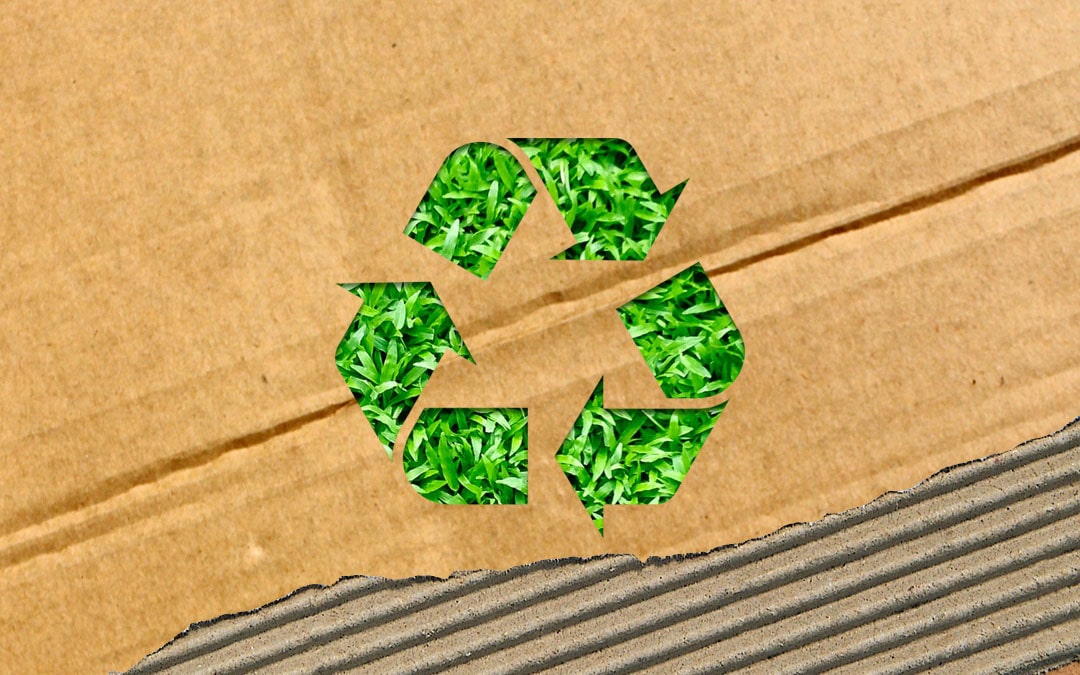


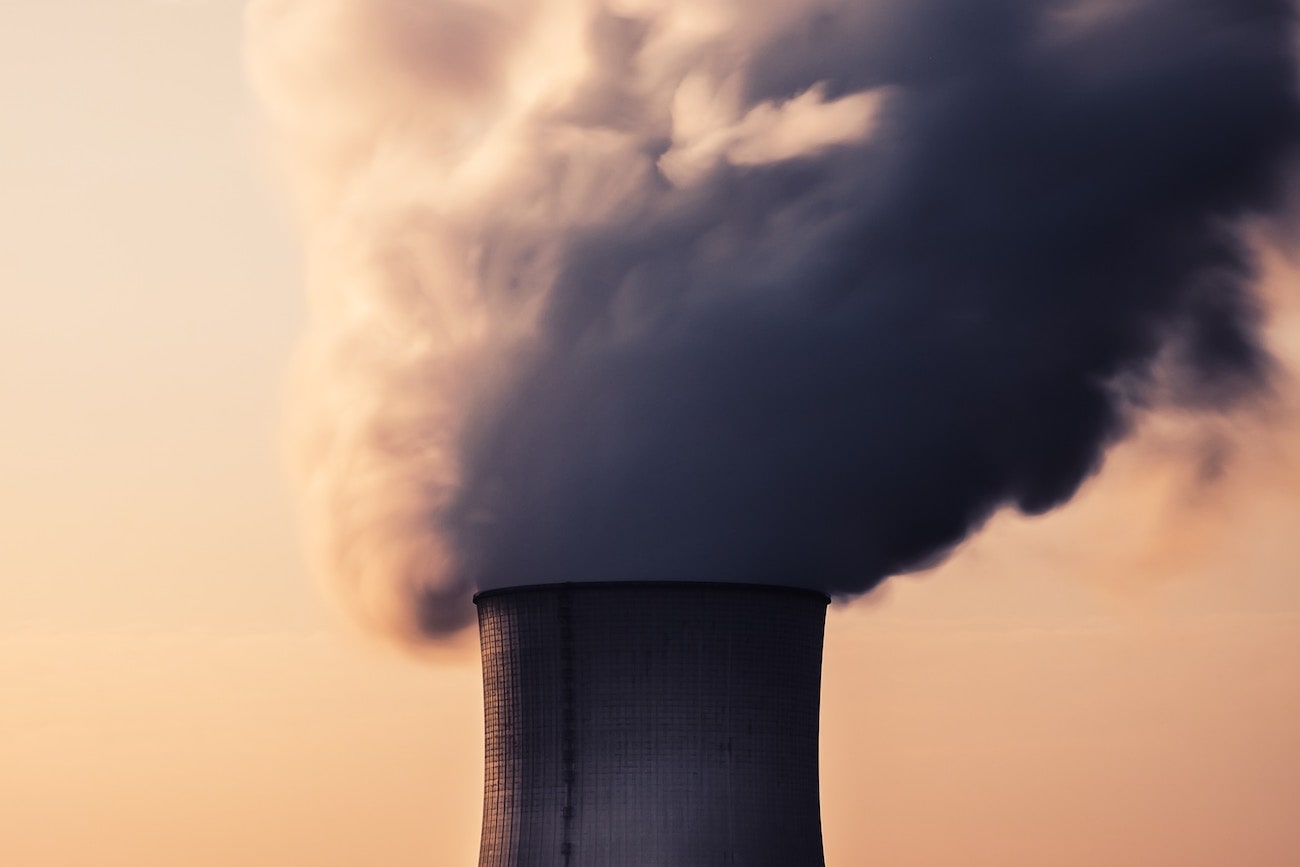
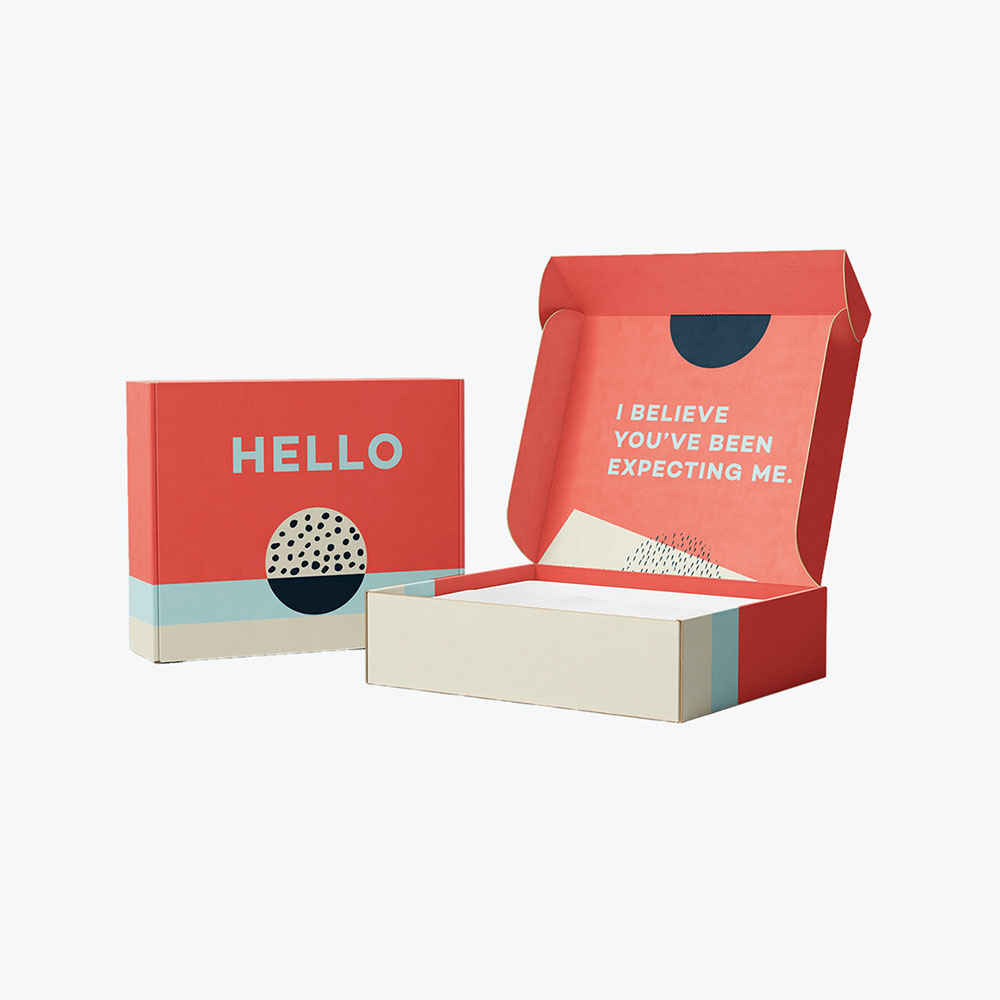
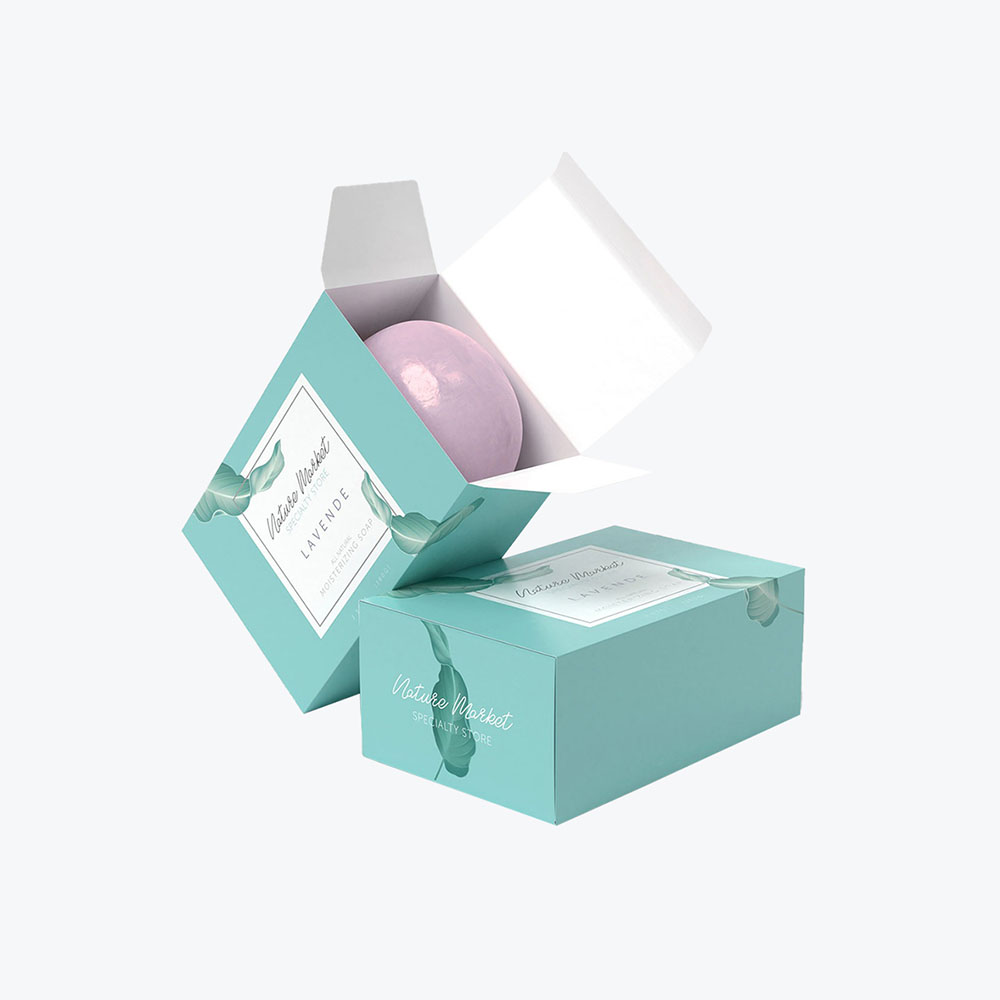
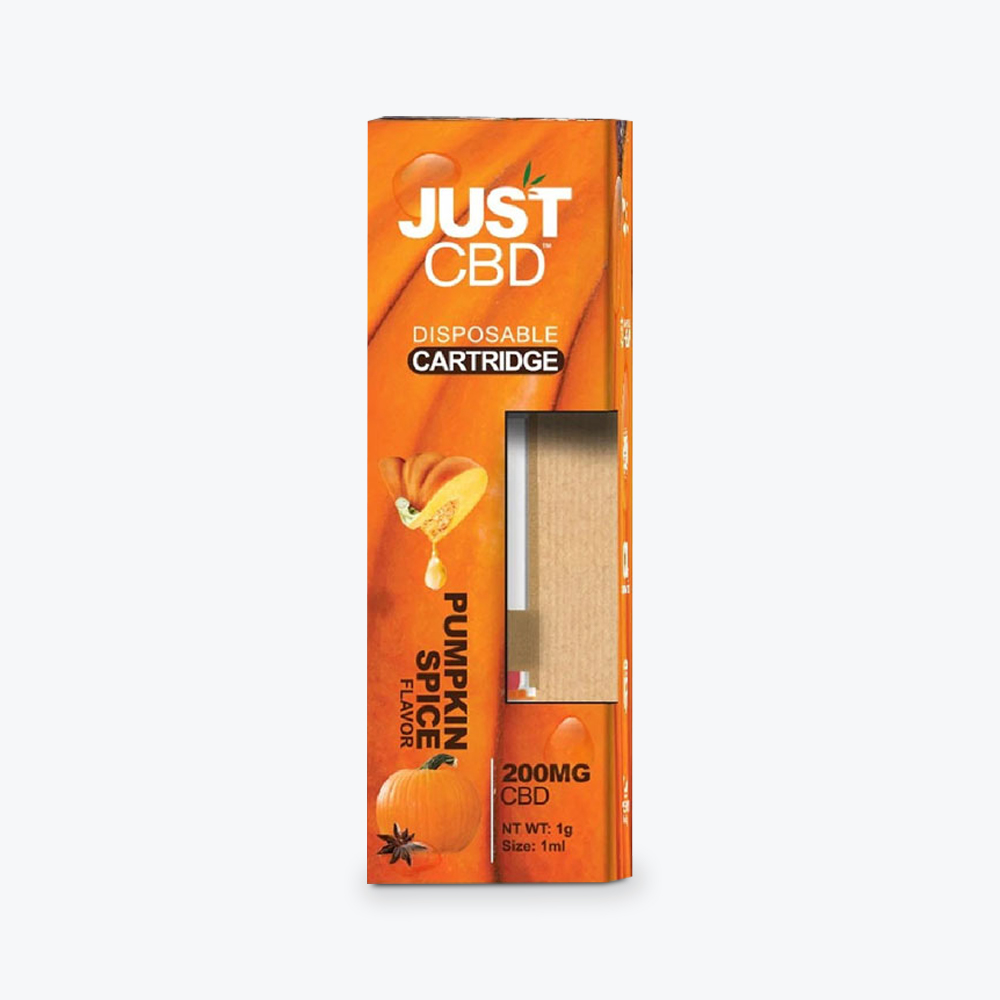
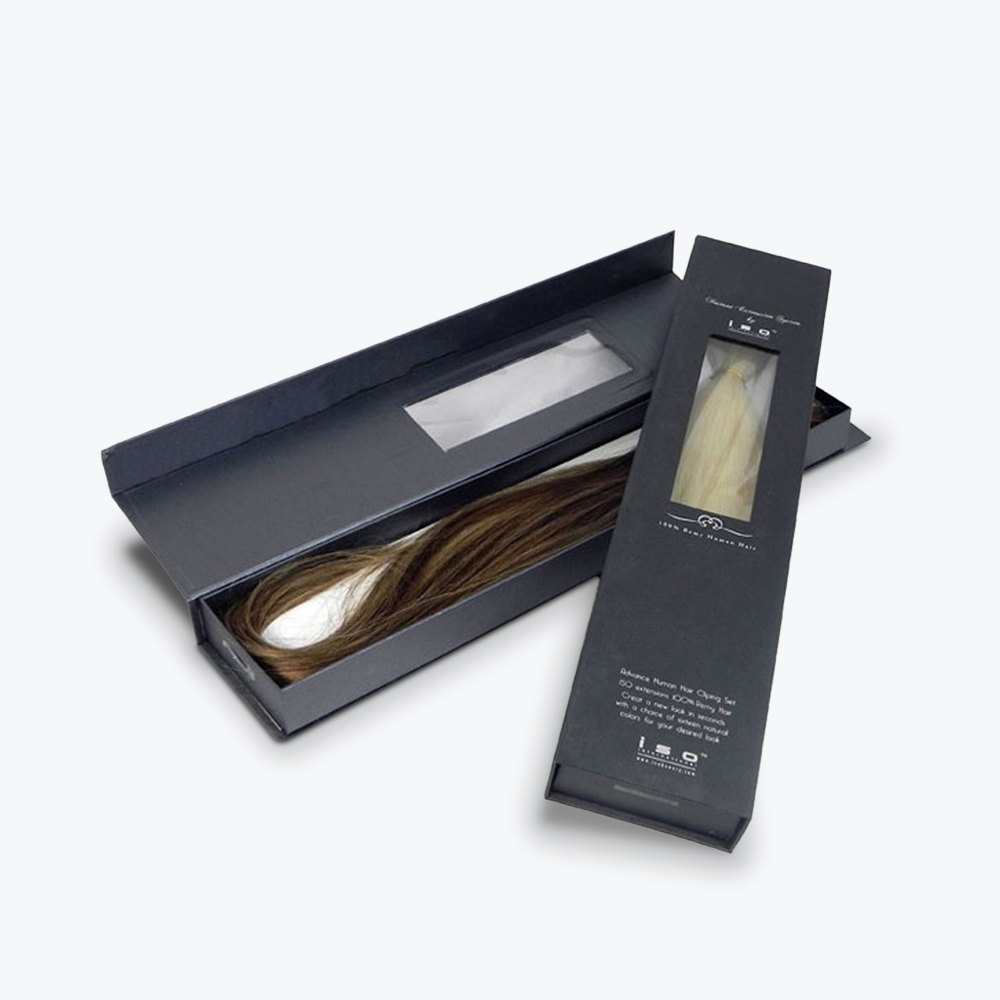




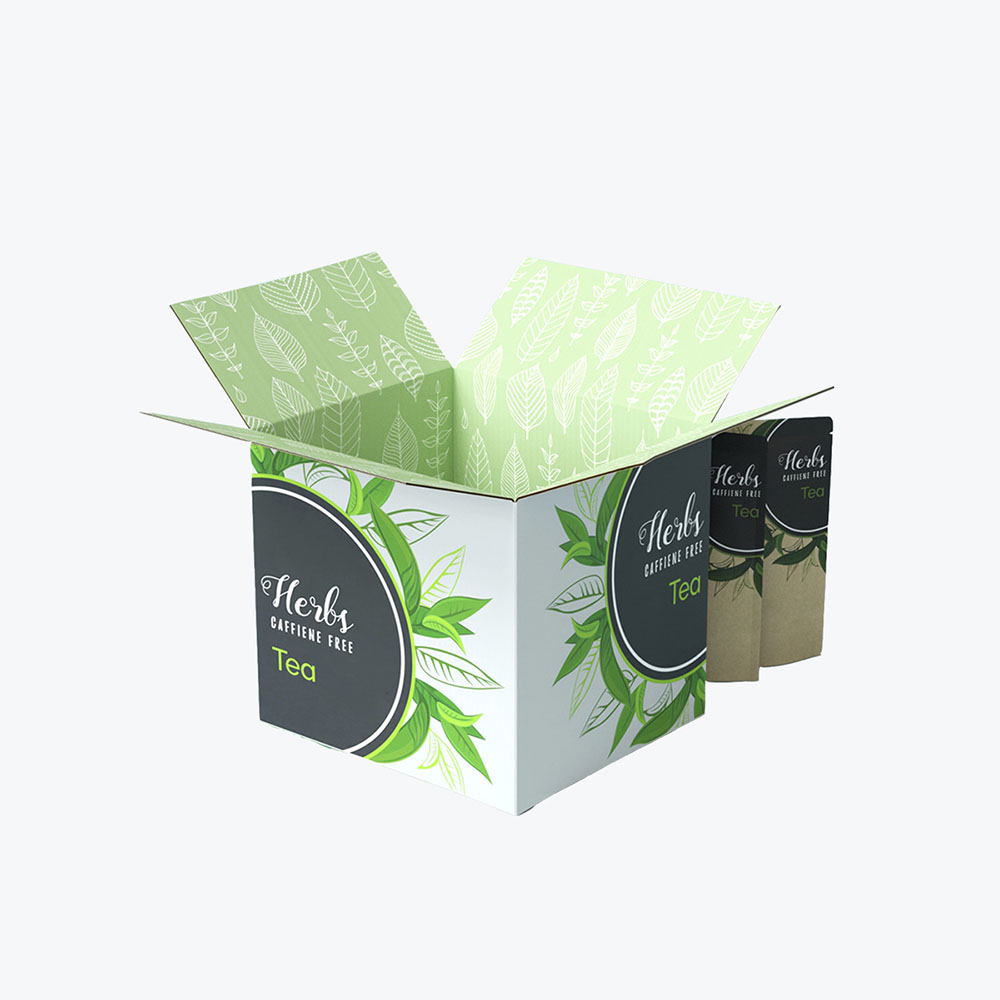

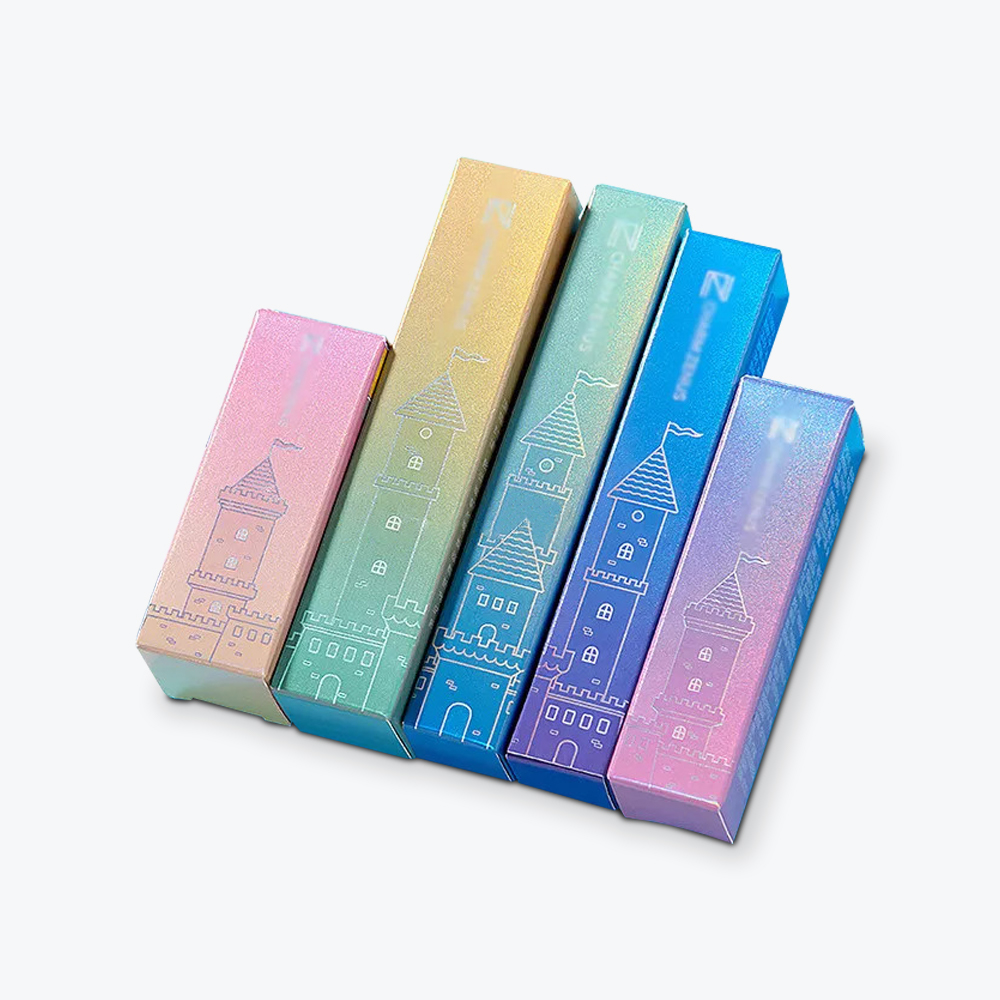

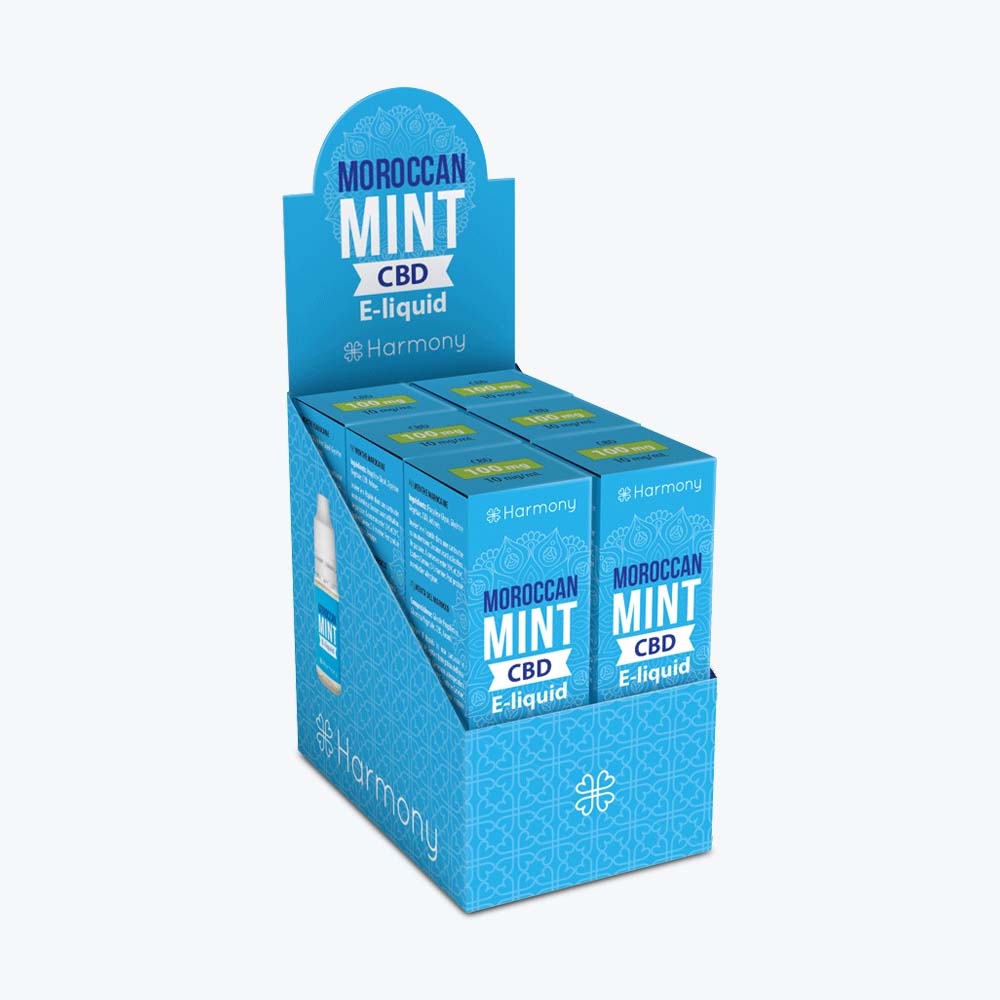
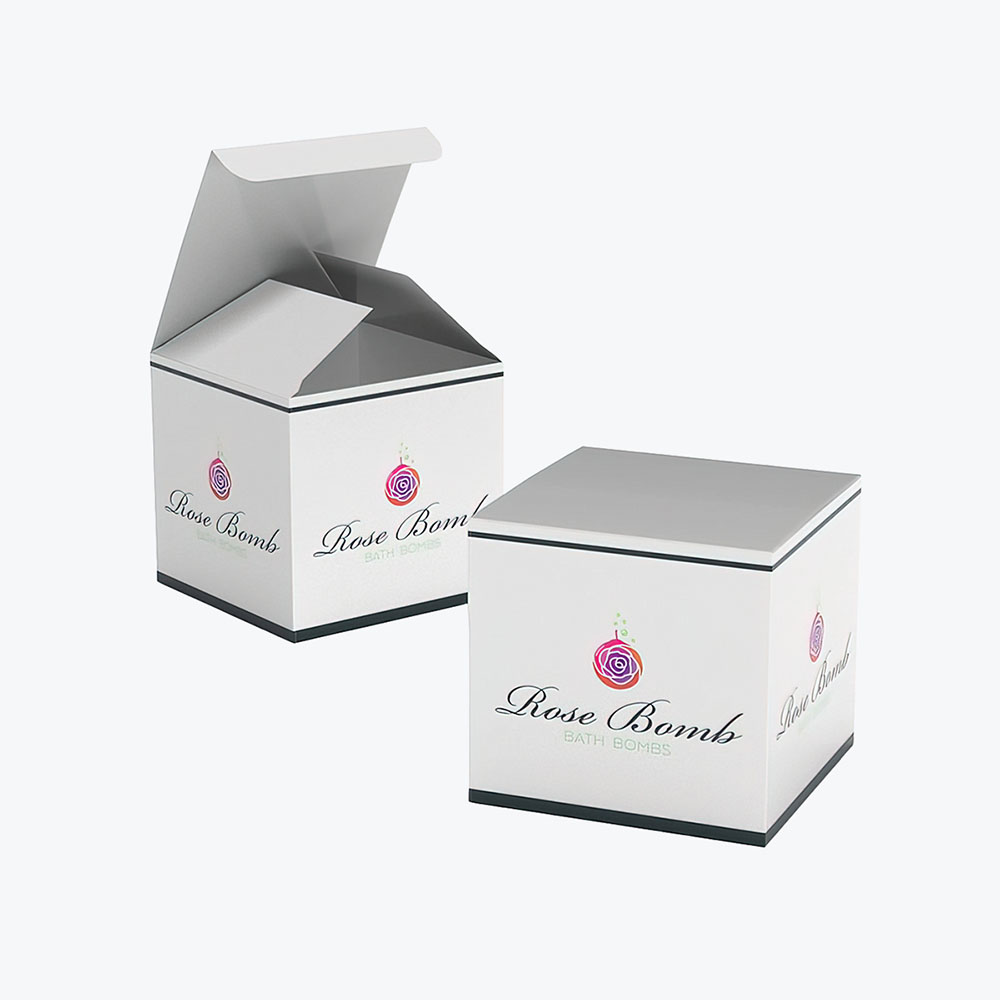
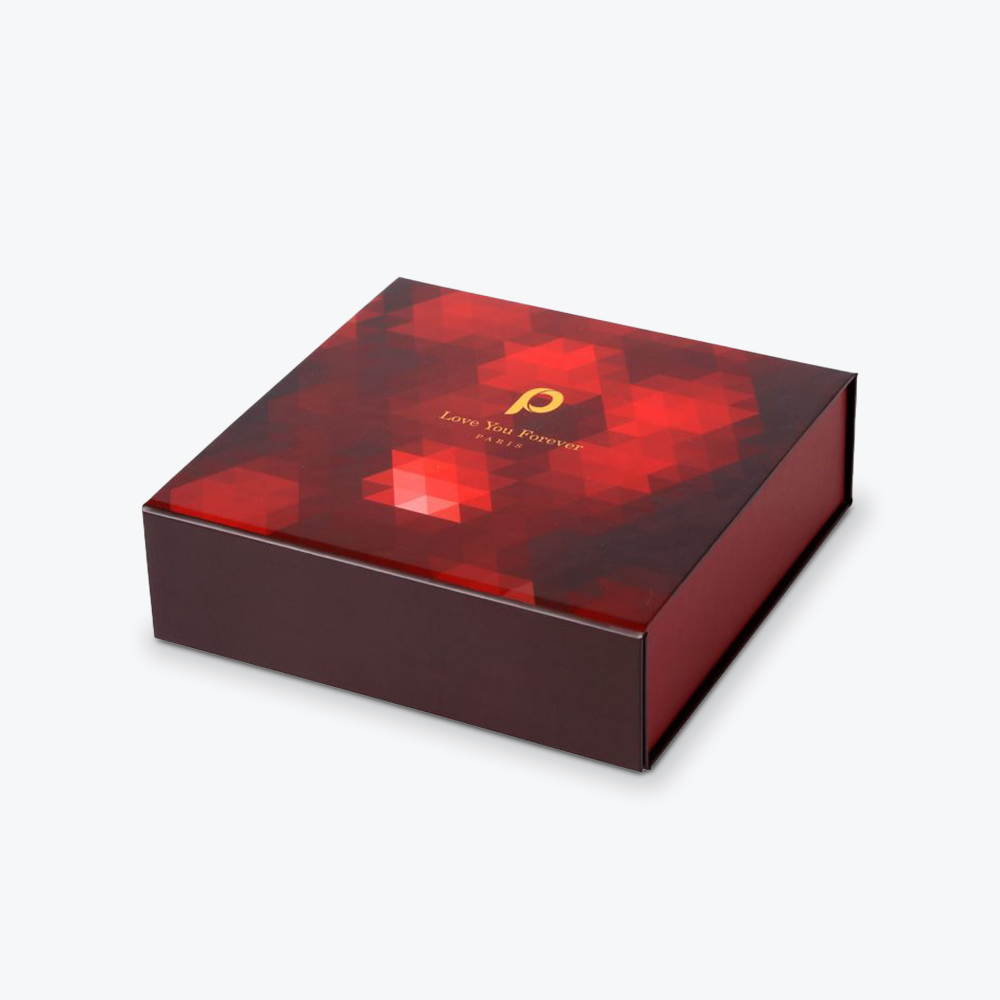
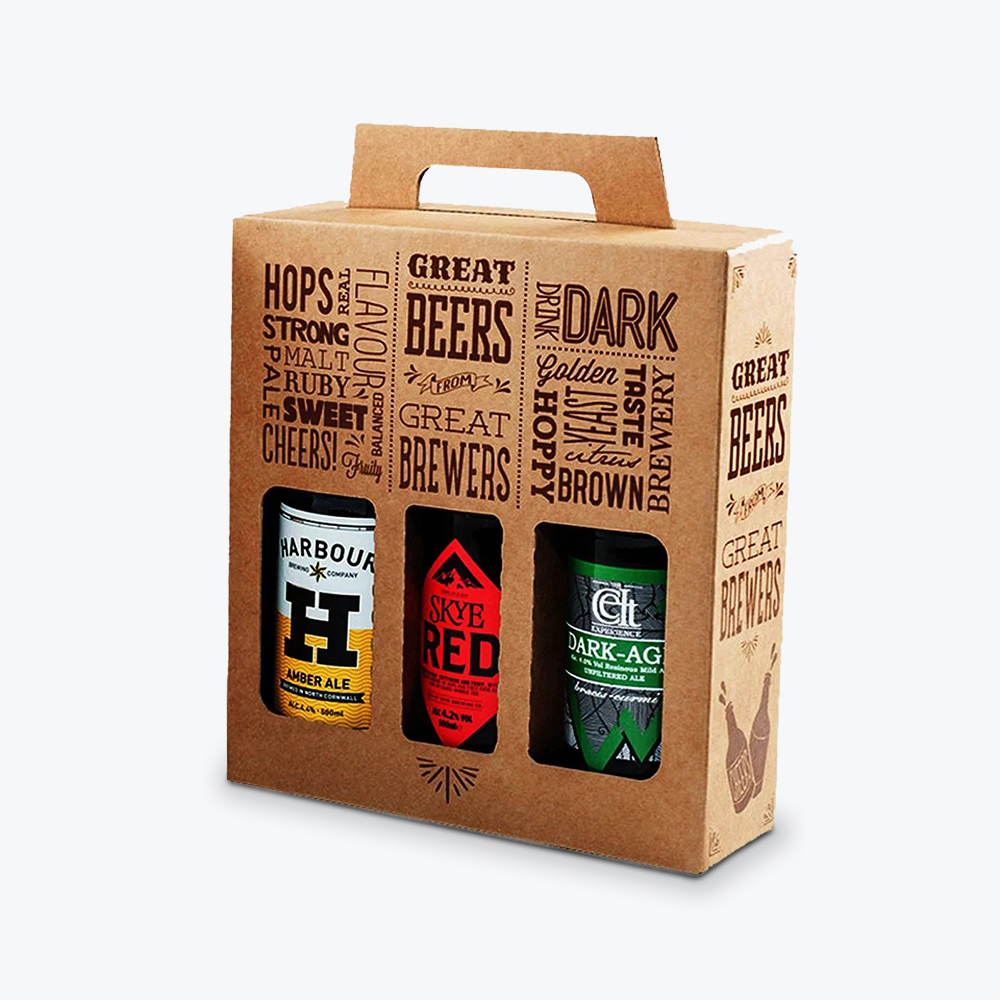
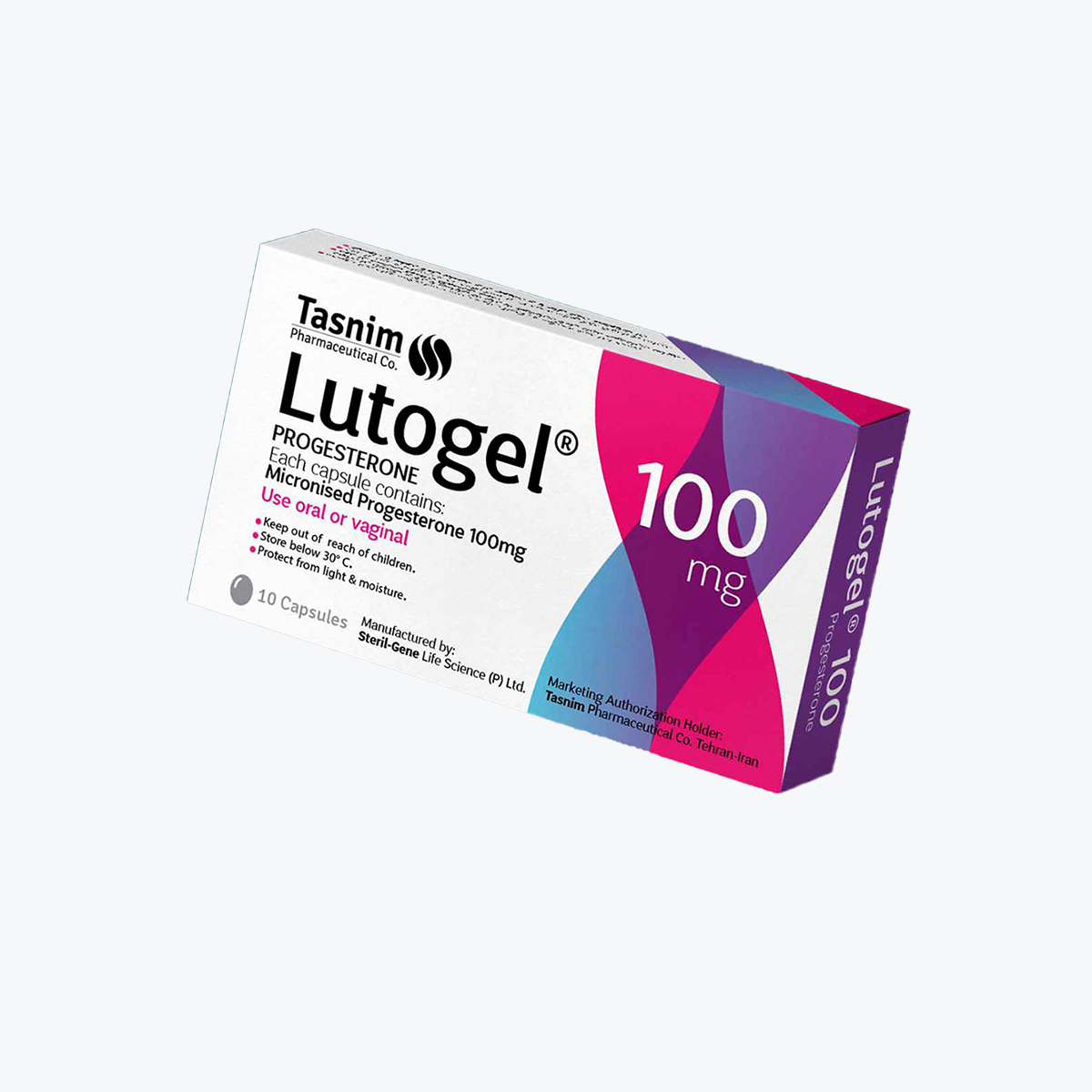
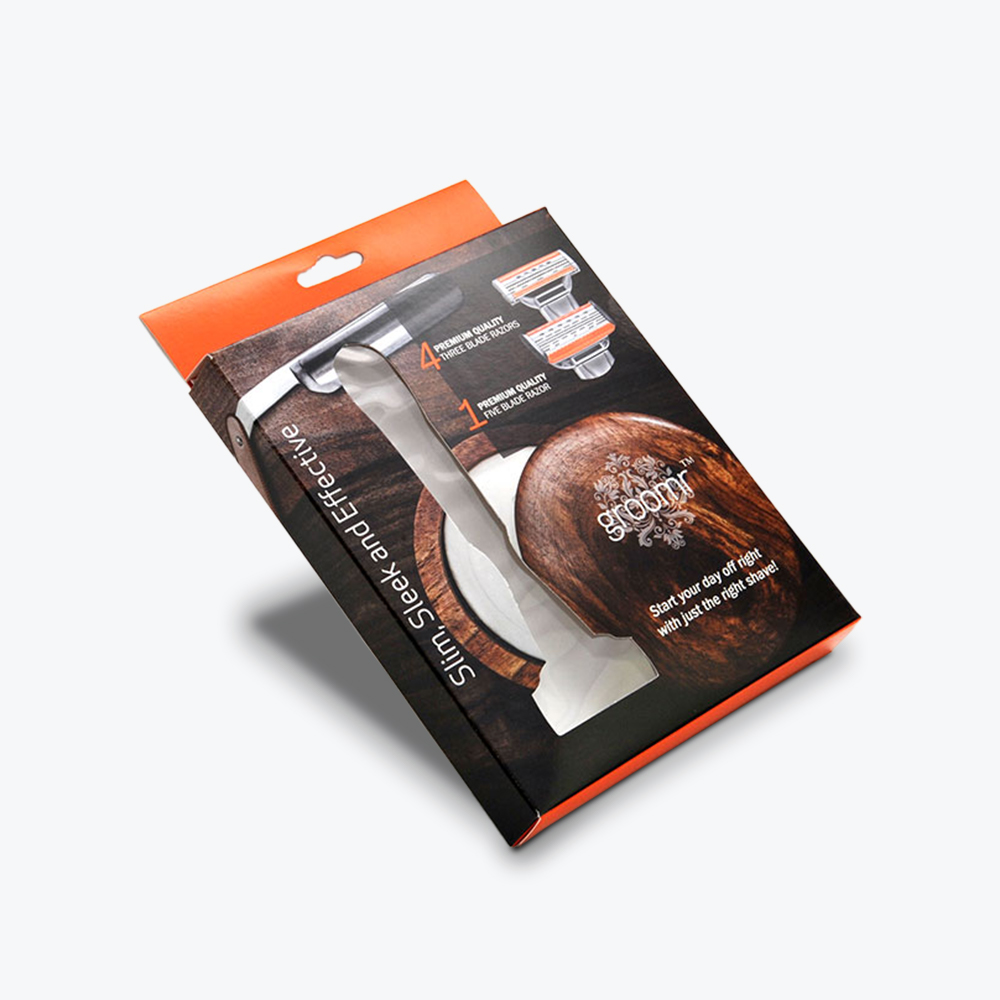
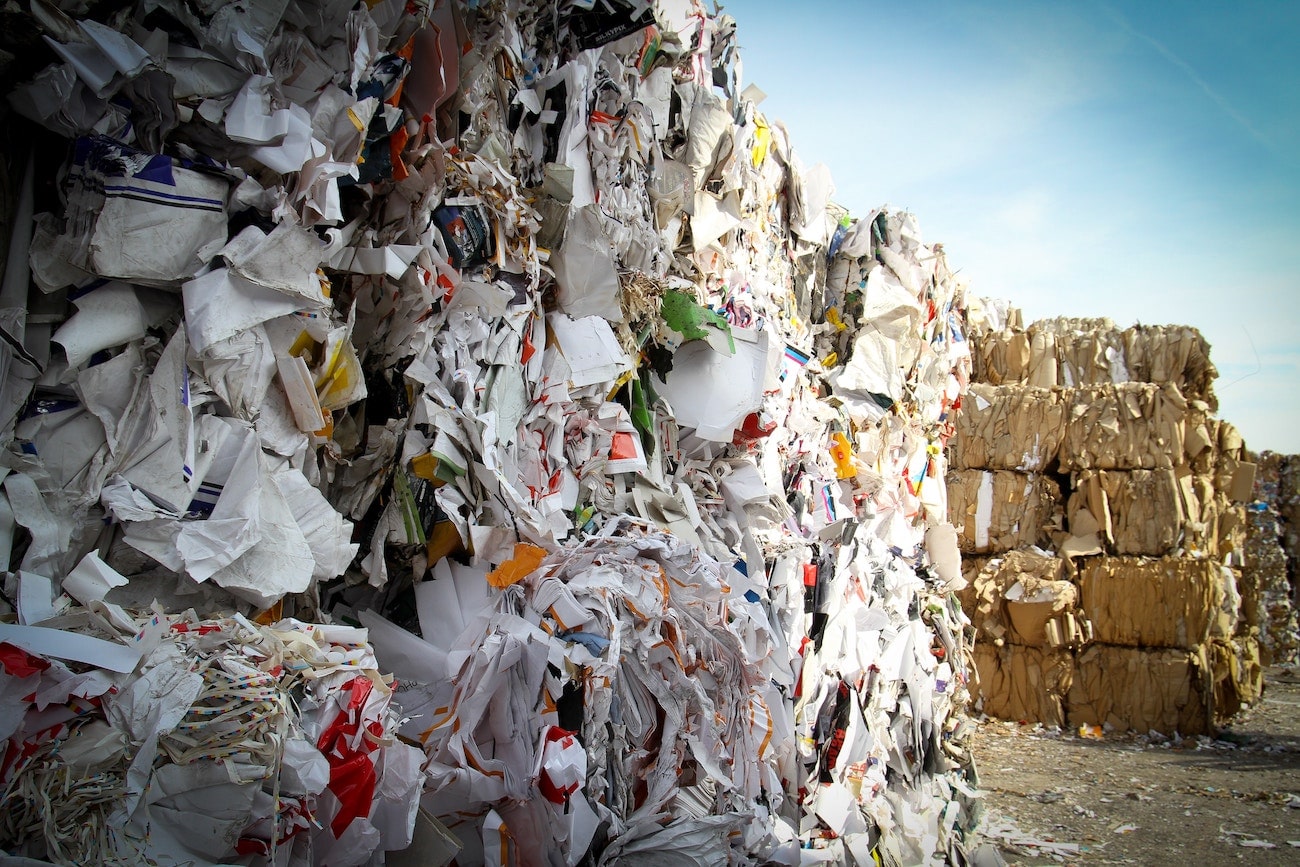
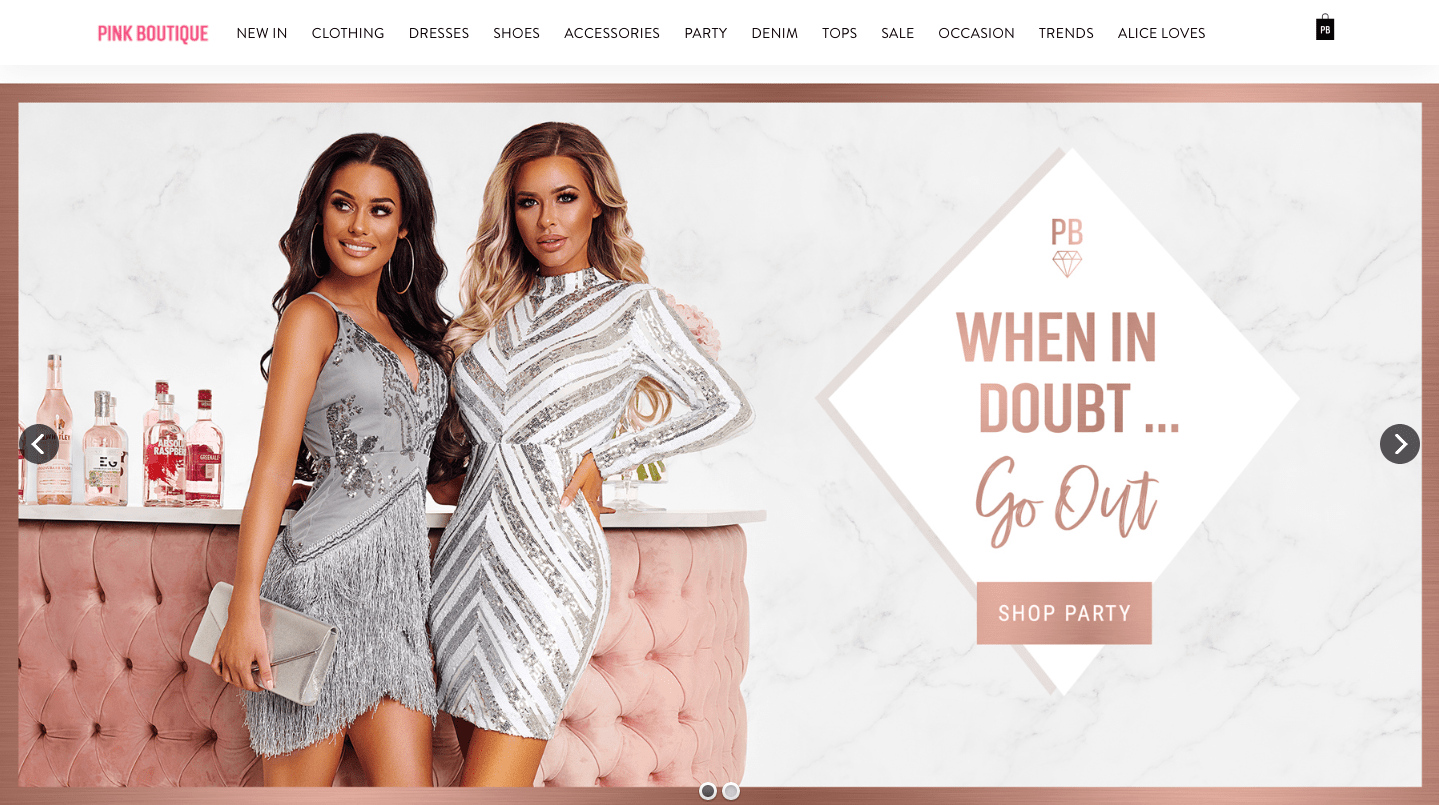


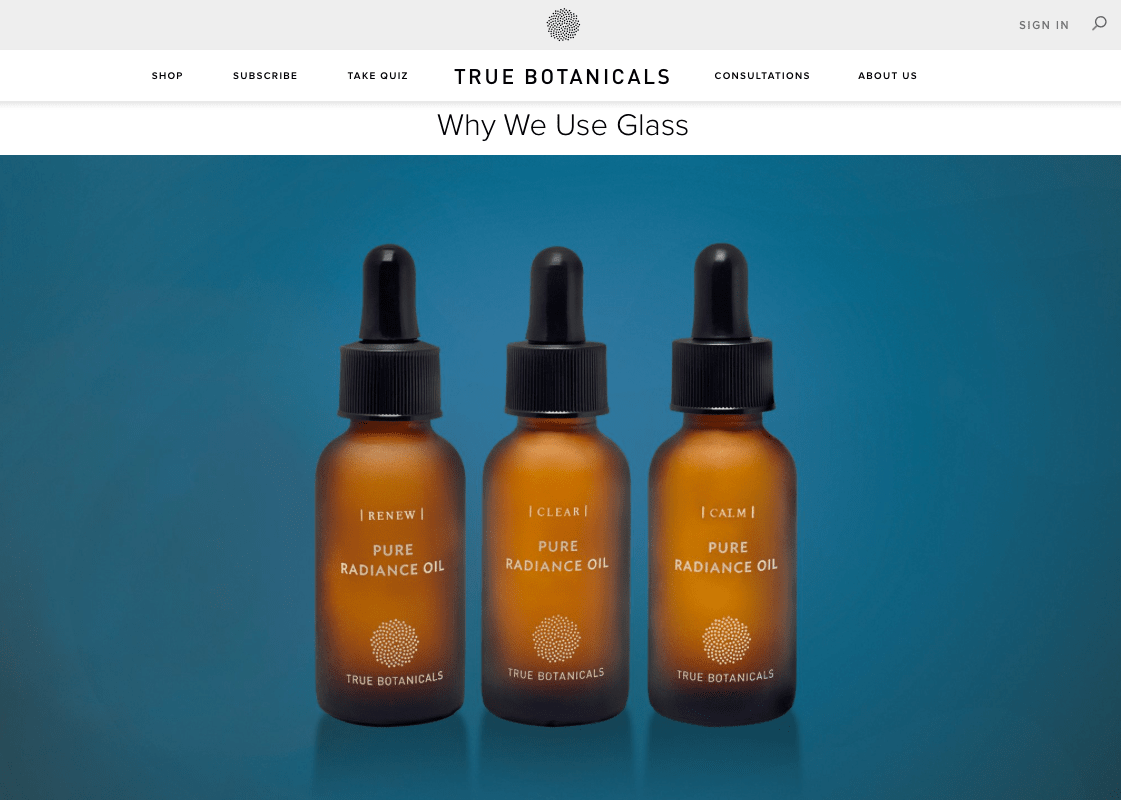
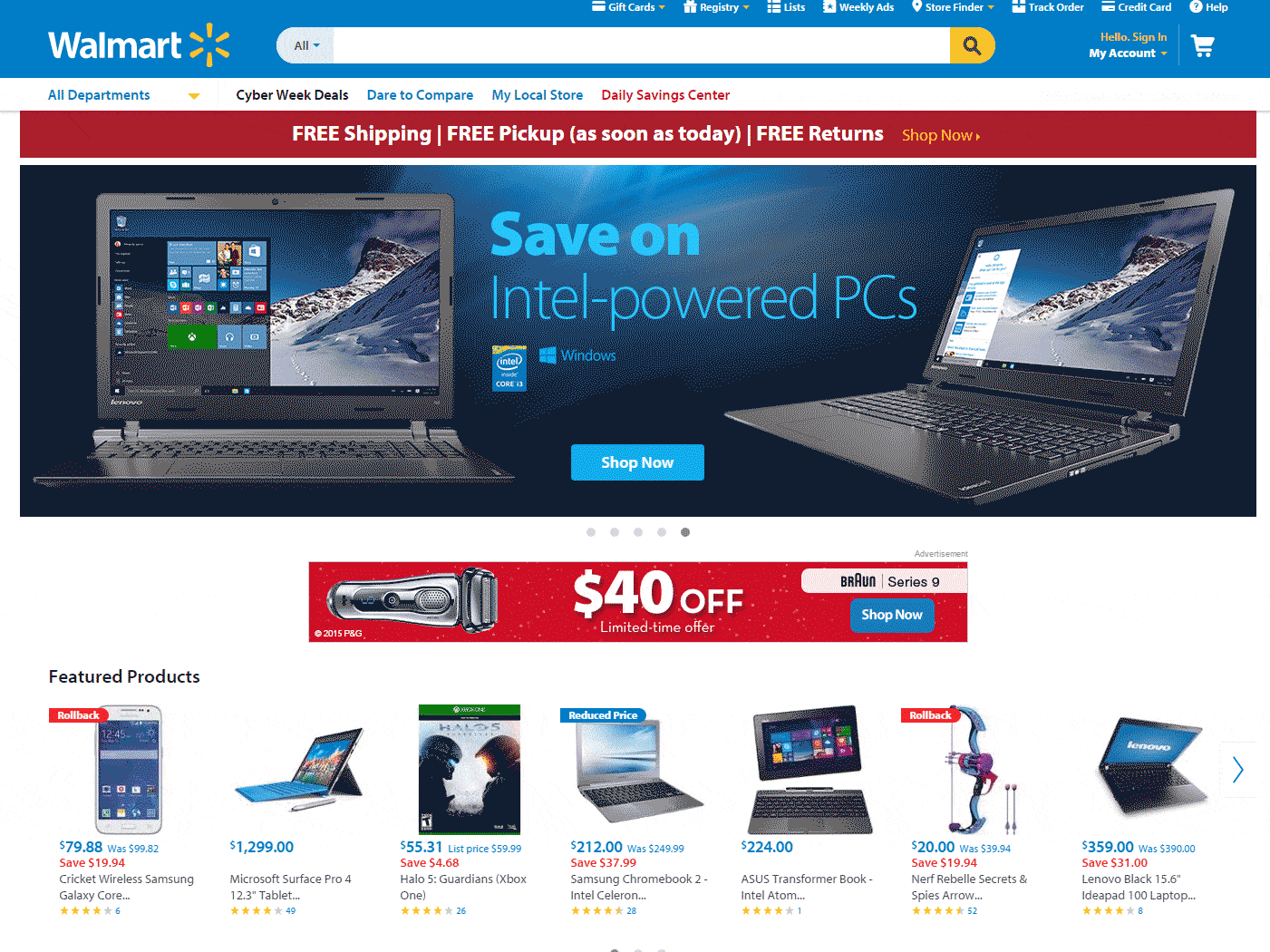
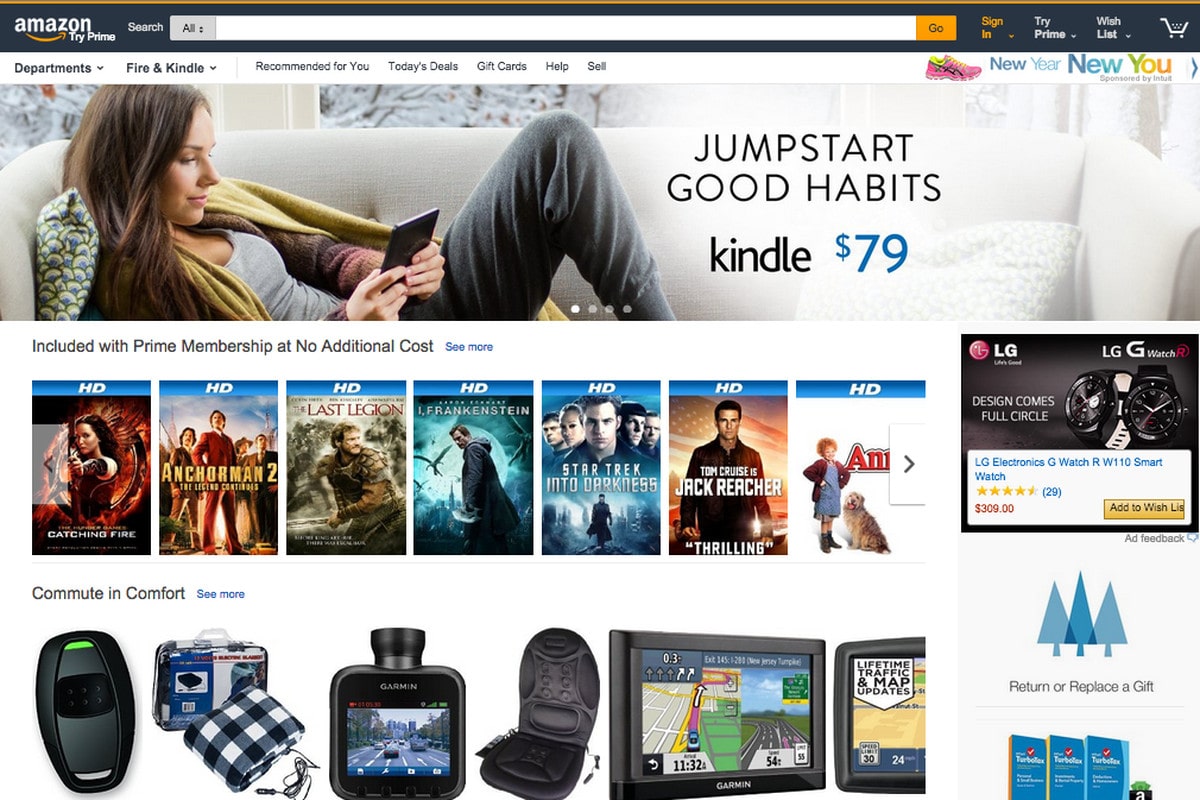

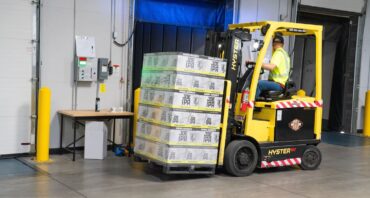


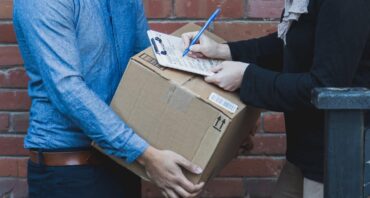
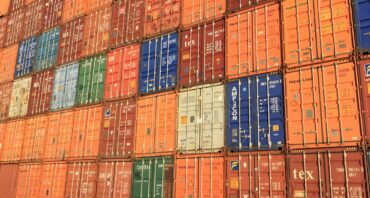
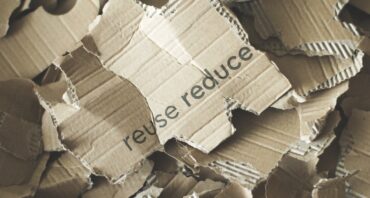
Share